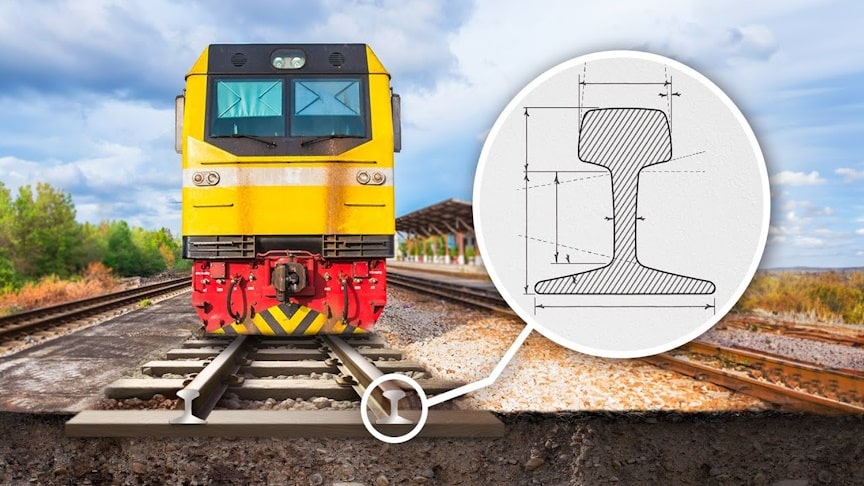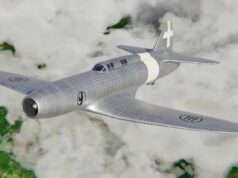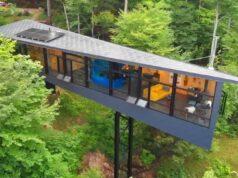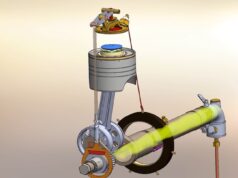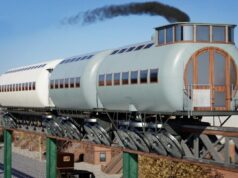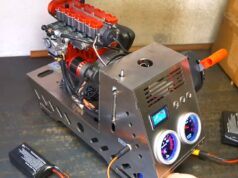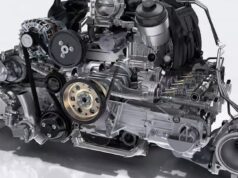An overview of the wheel/rail interactions and part of the railway engineering series.In the 19th century, railway engineering was all about how to build railroads. Modern rail engineering focuses on getting the most out of the system. It might not look like much when you see a train passing by, but a huge amount of research, testing, and engineering went into the shape of those rails and wheels.
source.image: Practical Engineering
A railroad track consists of two parallel steel rails set a fixed distance apart, called the gauge. Rails are shaped the way they are to keep the wheels on track and prevent derailment, while also minimizing friction and noise when going around curves.Watch the video from Practical Engineering:
The section of the rail should be such that the load of each wheels is transferred to the sleepers without exceeding the permissible stresses. The section of the rail should be able to withstand the lateral forces caused due to fast moving trains.
Advertisement
Flat bottom rail is now the industry standard profile for railway lines around the world, excluding tram lines.Its name is derived from its wide foot, which gives it greater stability versus other types, such as bull head rail.It can be attached to wooden sleepers using screw spikes, or dog spikes, which are driven into the wood either side of the rail ‘toe’.The outside of a curve of the train wheel is slightly longer than the inside, so the wheel on the outside rail actually needs to cover more distance than the wheel on the inside rail.

